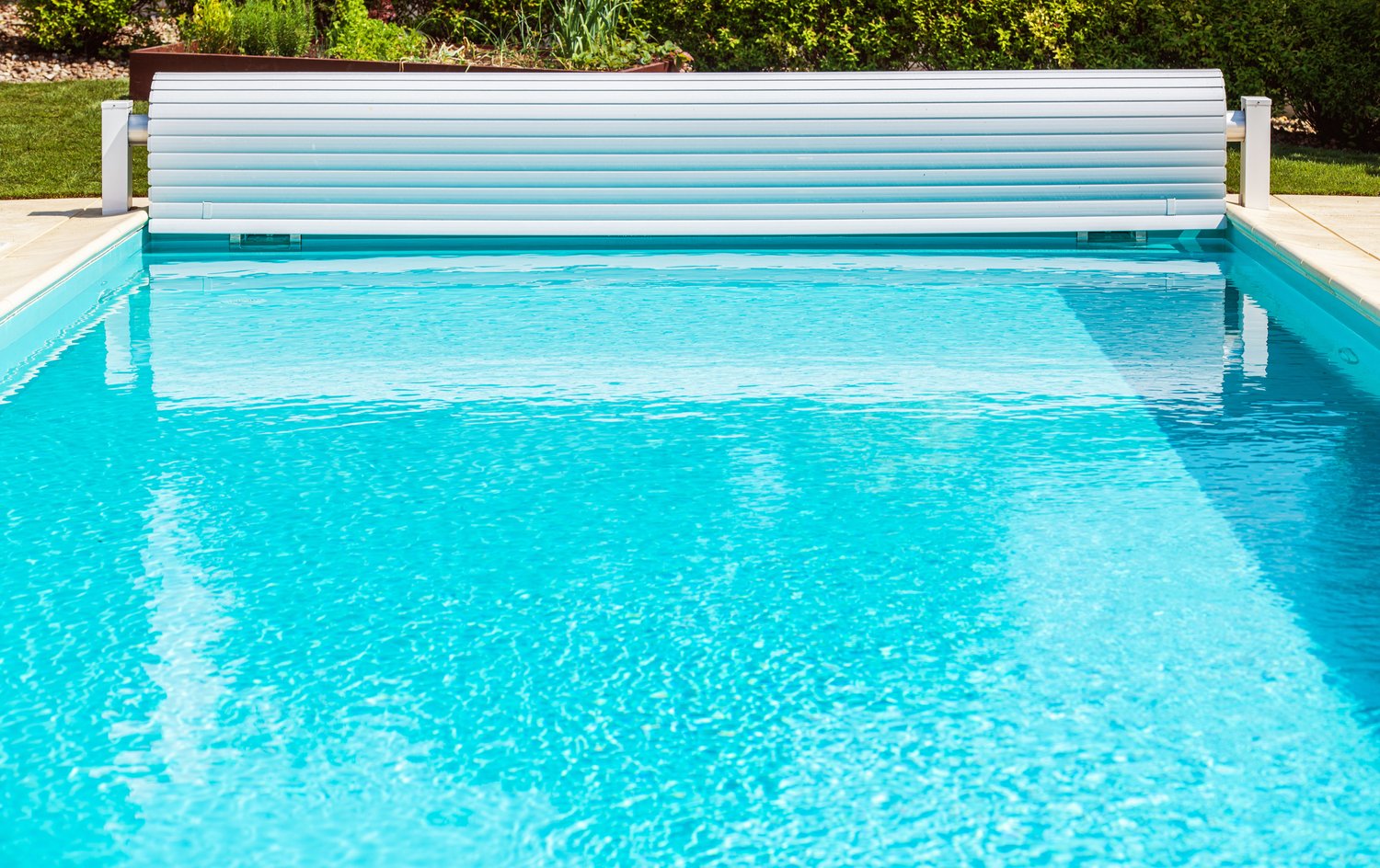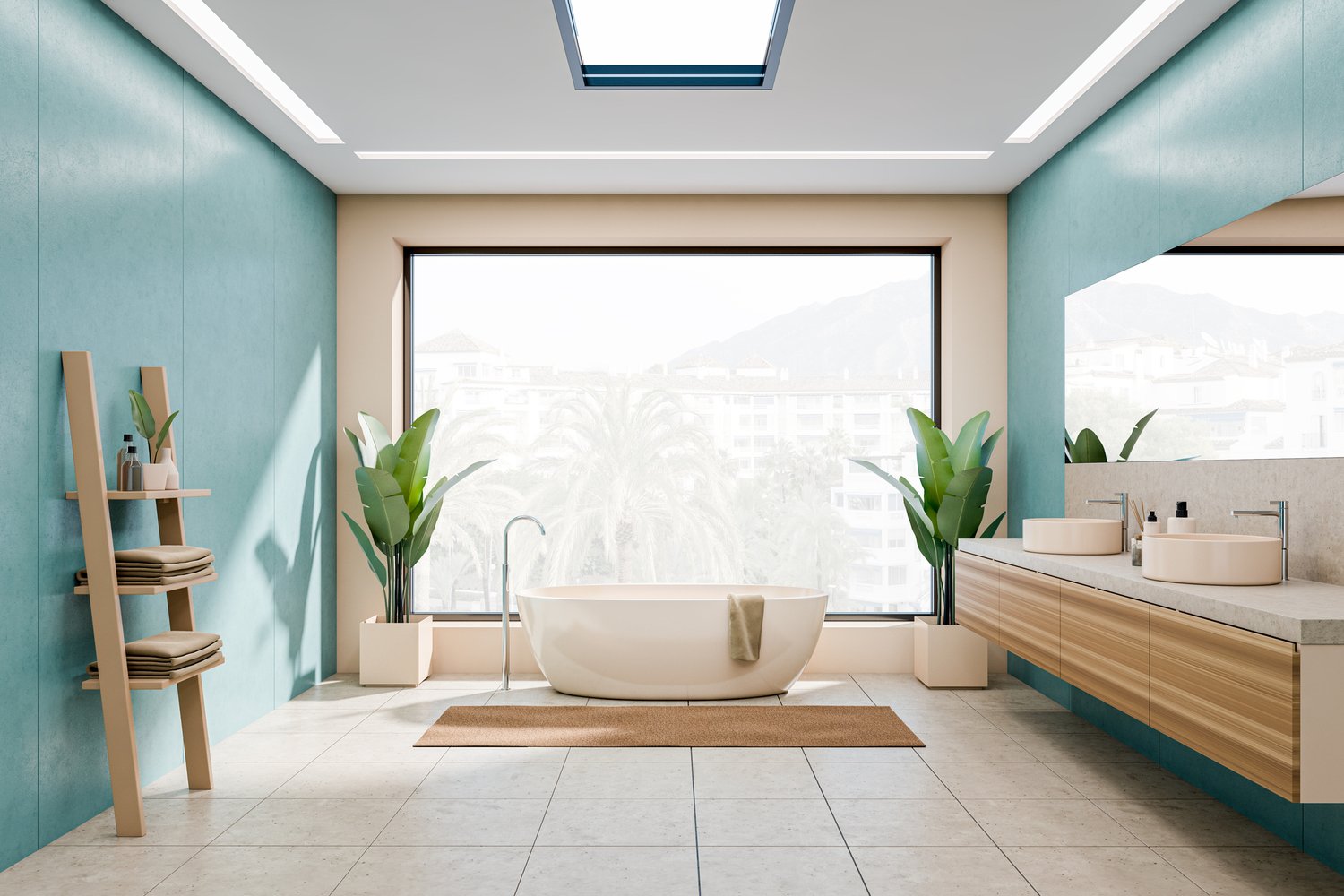Choosing the right pool sanitation system is a crucial decision for homeowners that impacts maintenance requirements, swimming experience, and long-term costs. The debate between saltwater vs chlorine pool systems continues to be a hot topic among pool owners and prospective buyers alike. Both systems have their distinct advantages and drawbacks that need careful consideration. This article explores the differences between these two popular pool sanitation systems, examining their costs, maintenance needs, health implications, and environmental impacts to help you make an informed decision for your backyard oasis.
Understanding Pool Sanitation Systems
Before diving into the comparison, it’s important to clarify that saltwater pools still use chlorine for sanitation. The main difference lies in how the chlorine is delivered. Traditional chlorine pools require regular addition of chlorine in the form of tablets, liquid, or powder. Saltwater pools, on the other hand, use a salt chlorine generator (also called a salt cell) that converts dissolved salt into chlorine through electrolysis. This distinction creates several differences in user experience, maintenance requirements, and costs that every homeowner should understand when evaluating pool sanitation systems.
Initial Costs and Installation
Traditional chlorine pools typically have lower upfront costs since they require simpler equipment. The basic setup includes a pump, filter, and chlorinator. In contrast, saltwater pools need the additional salt chlorine generator, which can cost between $1,000 and $2,500 including installation. For existing pool owners considering conversion to saltwater, this represents the primary investment.
For new pool construction, the difference in initial costs may be less significant compared to the overall pool investment. However, it’s worth noting that the salt chlorine generator will need replacement every 3-7 years, creating an ongoing capital expense that should be factored into long-term budgeting considerations.
Ongoing Maintenance and Costs
When it comes to day-to-day maintenance, chlorine pools require more frequent attention. Pool owners must regularly test water chemistry and add chlorine, which can cost $300-$800 annually depending on pool size and usage. The process of adding chemicals must be done carefully, storing potentially hazardous materials safely away from children and pets.
Saltwater pools generally demand less frequent maintenance once the system is properly calibrated. Salt only needs to be added occasionally, usually a few times per season, costing around $100 per year. However, as experts at AskHomey point out, saltwater pools still require regular testing and balancing of pH, alkalinity, and other chemical levels. While the overall chemical cost is typically lower for saltwater pools, the replacement of the salt cell every few years (at $500-$900) must be considered in the long-term cost analysis.
Swimming Experience and Health Considerations
Many swimmers prefer saltwater pools for the gentler swimming experience they provide. The salt concentration in these pools (approximately 3,000 parts per million) is about one-tenth that of ocean water, creating a soft water feeling without the extremely salty taste. Saltwater pools typically cause less skin and eye irritation than traditional chlorine pools, making them popular chlorine alternatives for people with sensitive skin or allergies.
Traditional chlorine pools can sometimes develop a strong chlorine smell, particularly when the pool has been heavily used or when chloramines form. This smell, often incorrectly attributed to “too much chlorine,” is actually an indicator that more chlorine is needed to break down the chloramines. Some swimmers also experience dry skin, green-tinted hair (especially for blondes), and faded swimwear faster in chlorine pools compared to saltwater systems.
Impact on Pool Equipment and Surroundings
One drawback of saltwater pools is their potential impact on certain materials. The salt can be corrosive to some metal components, certain types of stone decking, and masonry work if not properly sealed or designed for saltwater exposure. This is particularly important when considering conversion of an existing pool to a saltwater system.
Standard chlorine pools don’t have these salt-related concerns, but concentrated chlorine can cause damage if spilled on decking or plants. Both systems require careful handling of their respective chemicals and regular maintenance to prevent damage to pool equipment and surroundings.
Environmental Considerations
From an environmental perspective, saltwater pools often have a slight edge. They require fewer chemical additions and produce fewer chloramines. The production of chlorine in saltwater systems happens in smaller, continuous amounts rather than large doses, which can result in more stable water chemistry with fewer extreme chemical fluctuations.
Traditional chlorine pools require the production, packaging, and transportation of chemical products, which has its own environmental footprint. However, both systems use electricity, and both ultimately rely on chlorine as the sanitizing agent, just delivered through different methods.
Making Your Decision
The choice between saltwater and traditional chlorine pool systems comes down to your priorities regarding initial costs versus long-term maintenance, swimming comfort, and specific property considerations. For those prioritizing a gentler swimming experience and willing to invest in the initial equipment, saltwater systems offer compelling advantages. Homeowners seeking lower upfront costs and comfortable with more hands-on maintenance might prefer traditional chlorine systems.
For more tips and to connect with reliable home service professionals, follow AskHomey on Facebook and Instagram.



